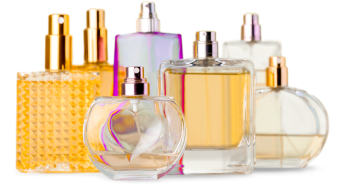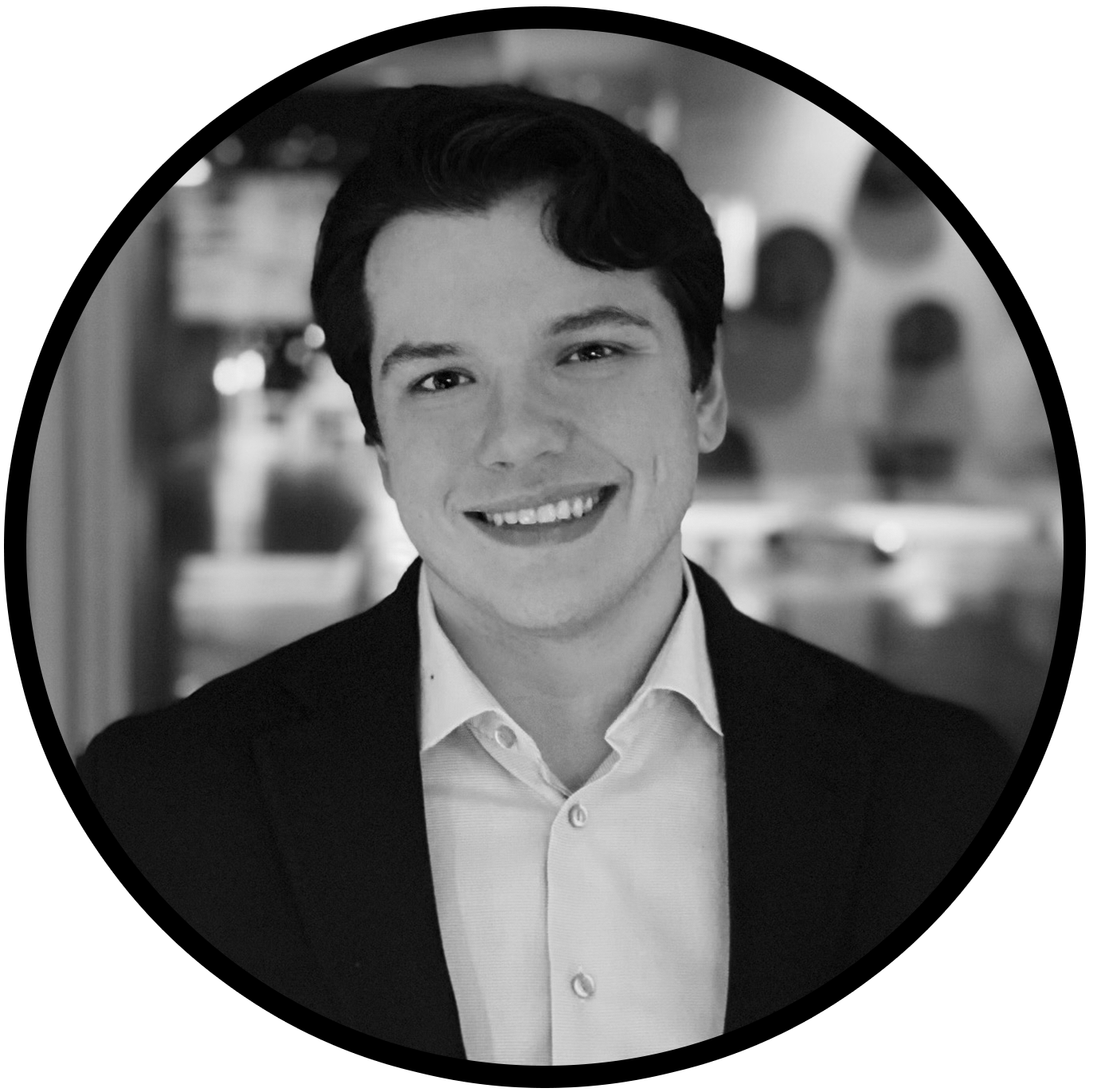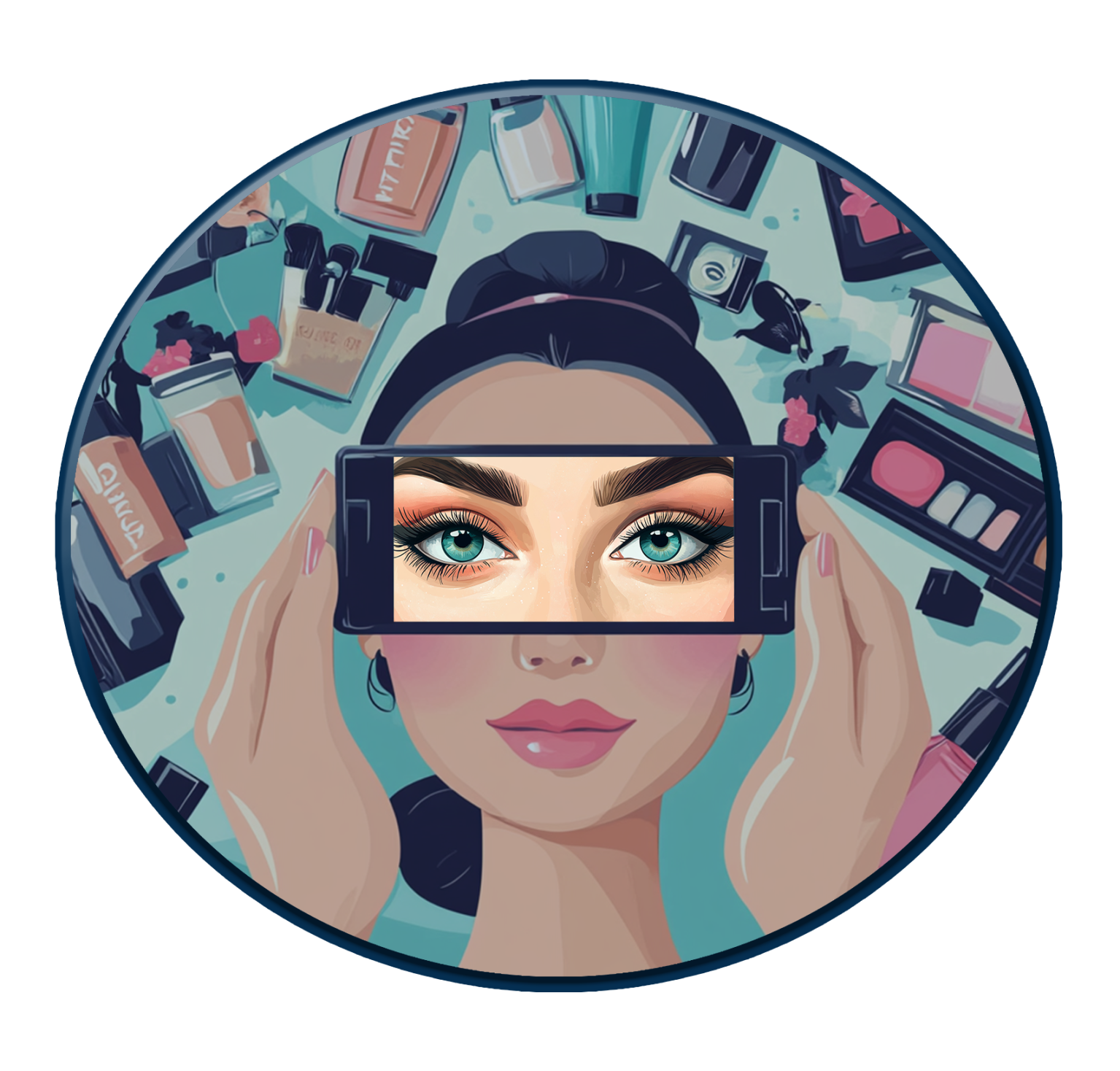M SCIENCE BLOG
A Changing Beauty Landscape: The Role of TikTok and the Emergence of Korean Beauty
FEATURING
Drake MacFarlane
Beauty trends are constantly evolving. With the rise of beauty content on social media, brands are finding new and engaging ways to connect with consumers. At the same time, they face an increasingly uncertain economic landscape.
How are brands navigating macroeconomic pressures?
- Economic Forces in the Beauty Industry
In recent months, the Trump Administration has imposed steep tariffs on imports, with China bearing the highest duties. While some of these tariffs have since been paused—or even rolled back—uncertainty remains.
Many beauty companies manufacture their products in factories around the world. Research Analyst Drake MacFarlane notes that some are more vulnerable to tariffs than others. “Some brands produce primarily in Europe. They are going to be less exposed than brands that produce mostly in China,” he said.
In addition to tariffs, consumers are also grappling with steep inflation. As rising prices eat into household budgets, discretionary spending may take a hit. Rather than splurging on the trendy lip gloss, some shoppers may opt for the drug store version.
For beauty conglomerates, price fluctuations can impact different parts of the business in varied ways. “L’Oréal is relatively affordable compared to its more luxury subsidiaries, such as Lancôme,” MacFarlane explained. “There are degrees of price-taking ability. Depending on the brand, a 50% price increase could mean $5 or $50. A high percentage increase doesn’t necessarily have the same impact on the margin in dollars terms, especially when comparing a $10 item to a $100 one. The price elasticity of demand for those products varies significantly.”
- The Beauty Landscape
Given current external pressures, how is the beauty industry performing? The answer varies by category.
Overall, MacFarlane describes the landscape as “challenged.” Throughout the COVID-19 pandemic and the years that followed, beauty appeared to outperform. In recent months, however, that trend has shifted. “Within our data, M Science has observed notable deceleration in the U.S., and to a degree, in Europe as well. Much of this is driven by makeup, or color cosmetics, coming under considerable pressure. Even skincare, which had previously been a relative outperformer, is now showing signs of weakness,” MacFarlane said.
One area of strength, according to MacFarlane, is fragrance. However, fragrance isn’t ubiquitous—not every beauty conglomerate has a fragrance brand in its portfolio.
For companies that do have fragrance lines, other challenges may outweigh the strength of their perfume and cologne offerings. MacFarlane points to beauty conglomerate COTY, which holds a strong position in the fragrance space. The company has seen positive momentum, particularly through its licensed brands like Gucci Beauty, Marc Jacobs, and Chloé. “COTY’s relative strength in fragrance is offset by weakness in its legacy color cosmetics,” he explained.
So why don’t more brands expand into fragrance?
It’s easier said than done. MacFarlane points to e.l.f. Beauty as an example. Despite its success—largely driven by cost-effective skincare and color cosmetics—e.l.f. doesn’t have a fragrance line. “When your business is partially centered on making dupes, the strategy of just having a cheaper version doesn’t translate as well to fragrance,” MacFarlane said. “Although it’s not necessarily a luxury good, there’s a reason the phrase ‘cheap perfume’ exists. People want their fragrance to reflect who they are and to express identity through the brand.” That’s less true of more utilitarian products, like eyebrow gel, where brand perception carries less significance.
If a company like e.l.f. wants to enter the fragrance space, it faces upstart costs. Many brands rely on legacy licenses—like Gucci Flora—to gain traction. Building a fragrance brand completely from the ground up comes with significant operational difficulties. “Historically, some conglomerates have relied on acquiring the hot new brand rather than trying to pivot an existing one,” MacFarlane said.

In late May, e.l.f. announced its acquisition of Rhode Beauty, an up-and-coming skincare brand founded by influencer Hailey Bieber. Notably, it does not yet have a perfume component.
Beyond fragrance, MacFarlane has observed shifts in the haircare space. The reasons for this trend are still up for debate. “Some argue that increased at-home hair care may indicate a consumer trade-down.” MacFarlane speculated. M Science data suggests that previously less prominent brands—such as Aveda for Estée Lauder and Kérastase for L’Oréal—have done well in recent months. MacFarlane also pointed to growing consumer interest in Olaplex, a haircare brand that has been building traction on social media platforms.
- TikTok and Beauty Trends
One key advantage is the generational shift. TikTok’s user base skews younger, giving brands an opportunity to connect with consumers who aren’t yet loyal to traditional legacy brands. The platform allows both new and legacy companies to introduce their products to new demographics.
TikTok also operates at a much faster pace than traditional media outlets. “Ten to 20 years ago, Millennial beauty trends were explored on YouTube. That platform requires a lengthier process to produce and consume content. Now, Gen Z and Gen Alpha rely on TikTok, which is exceedingly quicker and more casual,” MacFarlane said. Part of its casualness is due to its low barrier to entry. With most Americans having access to smart phones, anyone can create content TikTok’s front-facing videos don’t require the high-production costs that YouTube videos typically do.
With so many users able to publish on TikTok, and the added incentive of the Creator Fund, people are eager to post on the platform. For years, brands have been partnering with popular accounts to showcase their products. “Many brands rely on influencers within the social media space,” MacFarlane said. “But several trends are relatively grassroots—led by users hoping to become influencers, commenting with one another, or generating make-up tutorials.”
From a brand perspective, this reality presents both opportunities and challenges.
TikTok offers immense potential.“Though TikTok is relatively nascent, you would expect more beauty brands to be on it. TikTok still represents a relatively small percentage of overall beauty spend,” MacFarlane said. “In my view, a lot of brands have underutilized the platform.”
For dupe brands like e.l.f., TikTok is likely to be a valuable resource for driving products. “e.l.f. is so release-driven, particularly in the direct channel. If a brand wants its direct channel to move, it needs to put out those products regularly,” MacFarlane explained. “Even if these copy-cat brands are quick to create the replica product, that first happens in the direct channel. It’s difficult to get it into a physical retailer that might have booking periods of three, six, nine, or even 12 months out.” TikTok can help ease some of these logistical problems by reaching consumers quickly, cheaply, and frequently.
On the other hand, product releases and virality can be incongruous. If a company produces a new product that fails to entice TikTok audiences, the company can appear stagnant. “There’s not consistent purchasing behavior that we’d typically see at a traditional retailer like Sephora, Ulta, Amazon, or Target,” MacFarlane explained.
Some companies are also hesitant to leverage the platform, in part due to TikTok’s legal and political uncertainties. In recent months, the U.S. government has threatened to ban the Chinese-owned platform. Still, MacFarlane believes the app is here to stay—for now. “I think the current Administration is highly amenable to the platform,” he added.
- Korean Beauty
One subindustry making meaningful inroads on TikTok is Korean beauty. “Our data indicates that K-Beauty brands have outperformed the overall industry both year-to-date and the majority of the past year,” said MacFarlane, adding that he’s observed meaningful growth in the sector over the last 5 years. M Science tracks key performance metrics for brands such as Amorepacific, Beauty of Joseon, Round Lab, and Then I Met You.
TikTok has allowed K-Beauty brands to circumvent traditional big-box retailers and interact directly with consumers. “A brand’s market entry point isn’t necessarily at traditional retailers. For Korean brands, visibility has been largely on TikTok, and therefore, a youth-driven phenomenon,” MacFarlane said. Recently, pop artist Charli XCX promoted her partnership with K-Beauty brand Laneige on TikTok, reaching more than four million followers.
While organic marketing has fueled visibility for these companies, product quality is helping sustain their popularity. “K-Beauty has a positive reputation relative to the U.S.,” MacFarlane said. Skincare is central to the excitement around Korean brands, with many consumers perceiving Korean products as more effective or cleaner than their American counterparts. This is especially true of the sunscreen category, which has emerged as a marquee product for the industry.
So, how significant is K-Beauty’s role in the U.S. market today?
Despite the growing buzz around K-Beauty, it is still gaining traction across the broader U.S. consumer market—leaving significant room for expansion. “The growth trajectory is fairly amenable. It’s not a highly penetrated brand suite where you have a legacy player that’s trying to grab a couple of points of share,” MacFarlane explained. “L’Oréal and Estée Lauder are fighting to take a point or two of share from each other. These companies are so large, with so many brands that are already familiar to consumers,” MacFarlane said. In contrast, K-Beauty brands can carve out their own niche. “Challenger brands can put up growth rates that are well above industry average,” he added.
The M Science Difference
How can M Science keep you up to date on the latest beauty industry activity?
M Science offers near-real time visibility into the beauty industry, backed by granular, data-driven insights.
“Many beauty brands are primarily wholesale, so when they sell into retailers, it’s not something that’s going to be easily trackable from traditional consumer transaction data solutions,” MacFarlane said. “Our digital purchase data is well equipped to track trends at retailers like Sephora in the U.S. and Boots in Europe, for instance,” he added.
M Science can assess the relative size and contribution of individual brands within a larger conglomerate, as well as track category-level trends both within and across brands. “This is critical visibility because a brand may appear to be a relative outperformer, but it still might be tiny, or a sub segment of a particular company. Although fragrance is selling well for a company, it still might be 2% of its brand suite,” MacFarlane explained.
For example, MacFarlane and his team tracked trends for Charlotte Tilbury, a brand under PUIG. “Through M Science visibility, we tracked Charlotte Tilbury when it was first being sold at Ulta, allowing us to see the benefit of being added to the retailer over time,” MacFarlane said. M Science also covers Sephora, a subsidiary of LVMH. “We follow Sephora trends in our U.S. and international data in aggregate. We’re also able to see the brand mix—including if a new brand is doing well or a particular category is doing poorly,” MacFarlane said.
Additionally, our firm presents product-level insights, allowing M Science to track whether a product is gaining traction and monitor its performance over time.
MacFarlane detailed this with an example from e.l.f. Beauty: “From our data, we tracked the trajectory of its popular Bronzing Drops product released last year, which meaningfully accelerated its skincare segment in 2024. Seeing the relative impact of a key product line drop or an inclusion of a particular brand at a retailer has been crucial.”
M Science also offers visibility into both U.S. and international markets. “Zooming out, we have the U.S. component and the European component. Those two markets can move very differently, as a function of brand mix and unique macroeconomic environments. A particular conglomerate might be better suited to one region or another,” MacFarlane said. As brands seek to broaden their global footprint, M Science is uniquely positioned to deliver comparative and comprehensive global metrics.
We publish research on e.l.f. Beauty (ELF) multiple times per quarter. M Science also produces a comprehensive monthly Beauty Industry Report.
- This report highlights trends across the beauty sector in both the U.S. and Europe, tracking spending activity by category (e.g., Fragrance vs. Makeup) and segment (Mass vs. Prestige). It also includes brand-level detail for major beauty companies, covering product category trends, spending by sales channel, market share, and more. Featured companies include COTY, EL, ELF, ODD, OR.FP, and LVMH.
Our team displays key metrics through our Beauty Analytics dashboard:
- Beauty Analytics offers insights into 125+ brands across 25+ beauty companies, providing visibility into a range of KPIs, including spending trends, market share, category/type/line trends, customer retention, product performance, and price frequency activity. The dashboard also highlights trends across both DTC and wholesale channels in the U.S., U.K., France, Germany, and Italy. The dashboard also provides a look into several K-Beauty brands, including Amorepacific (Laneige, Innisfree, Sulwhasoo, COSRX, Aestura), Beauty of Joseon, Round Lab, and Then I Met You.
If you would like to speak to Research Analyst Drake MacFarlane on
Beauty research, trends, and insights – send us a message!

